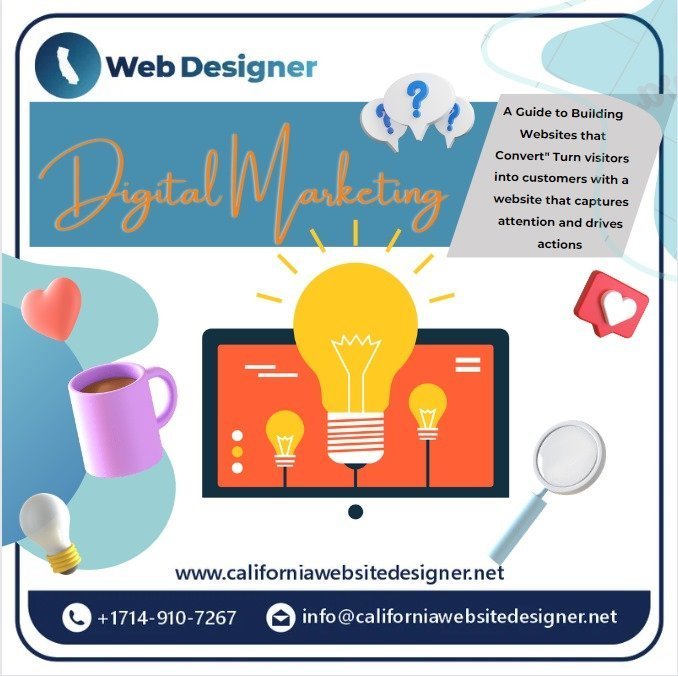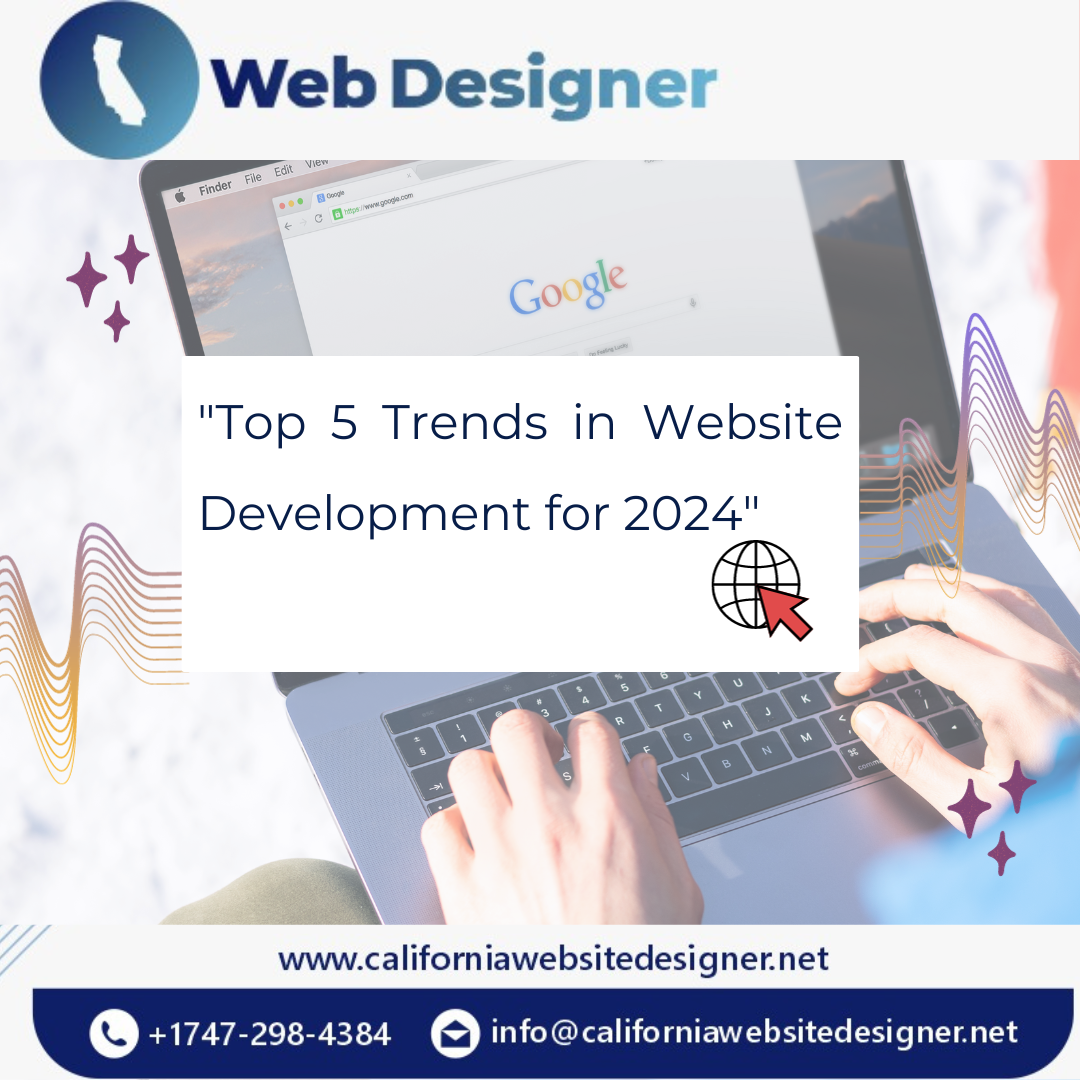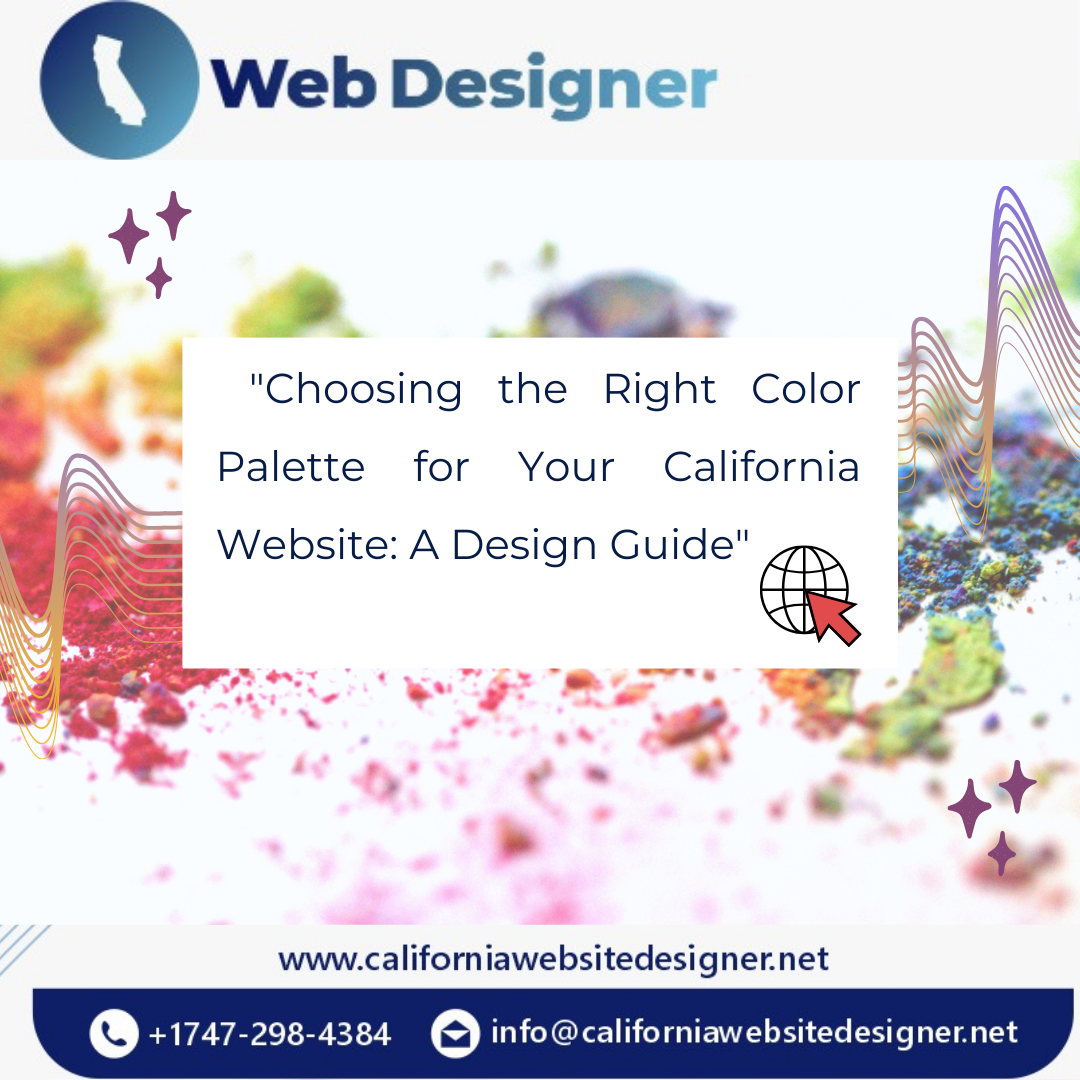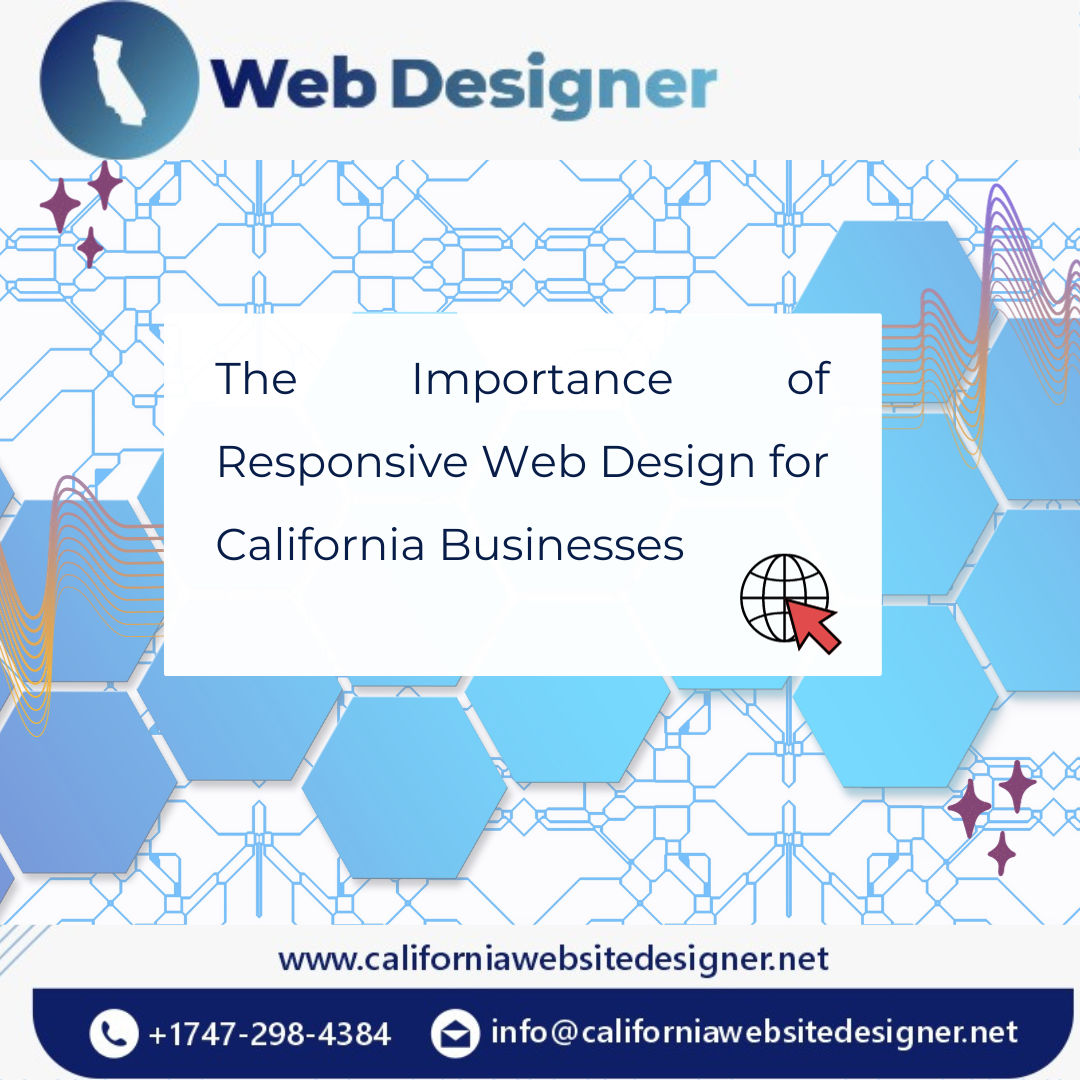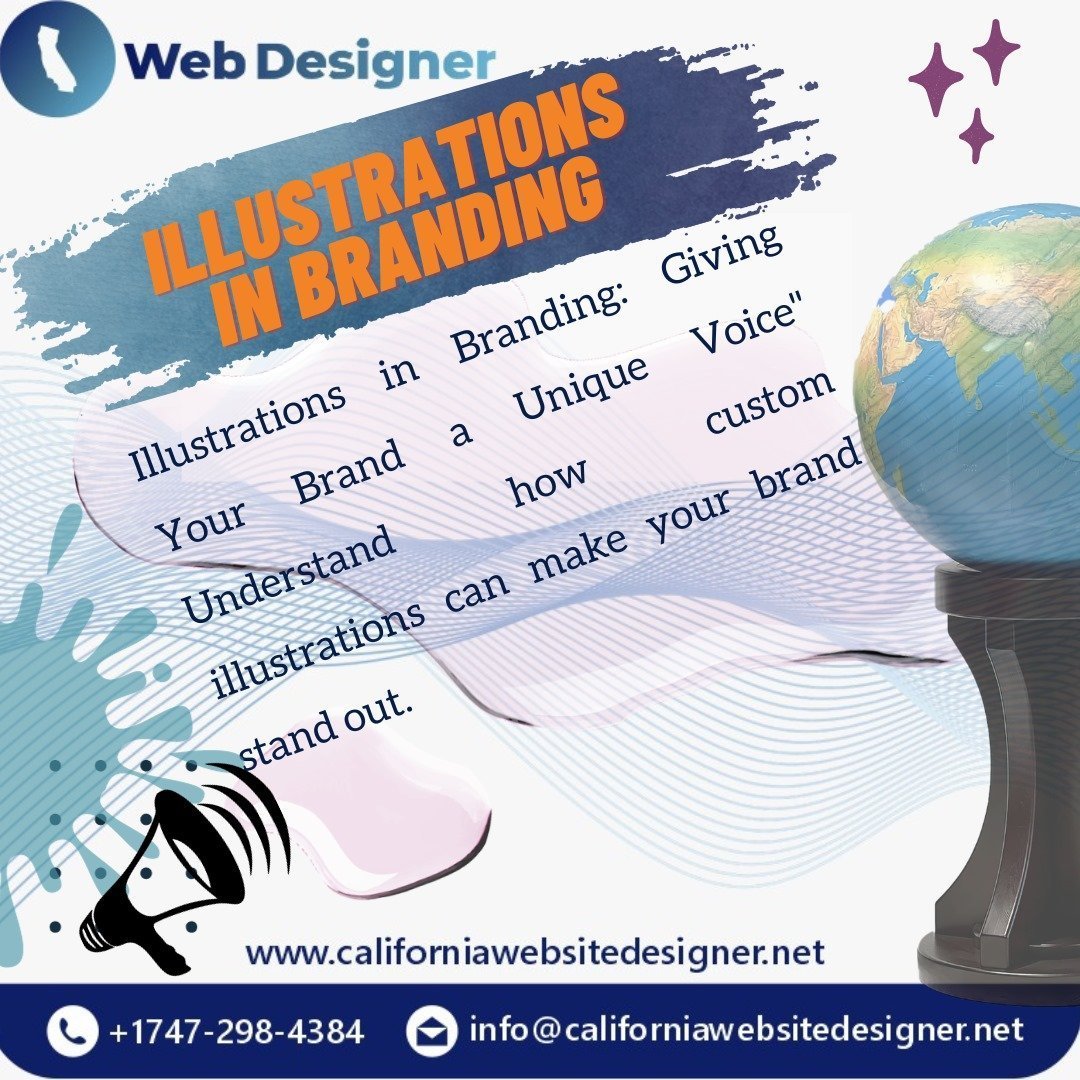Building websites: In the ever-evolving digital landscape, a website is more than just a virtual storefront; it’s your most powerful tool for converting visitors into loyal customers. Imagine your website as your online salesman, working 24/7 to greet, assist, and convince your visitors to be loyal customers. This comprehensive guide will equip you with the knowledge and strategies to build websites that not only capture attention but also drive valuable actions. We’ll delve into the art and science of designing websites that act as your digital ambassadors, making every click count towards your business success.
Building website
Building a website is the foundational procedure of creating a digital presence for your commercial enterprise or non-public endeavors. It entails the layout, development, and implementation of net pages, with a number one awareness of consumer revel in, aesthetics, and functionality. An Effective building website is important to make certain that your online platform captures the eye of traffic and drives them closer to preferred actions, ultimately changing them into clients or reaching your internet site’s particular dreams. A well-built internet site not only serves as a digital storefront but also acts as an effective tool for engaging your target audience and reaching online success.
Website Conversion: The Holy Grail of Online Success
Website conversion is the ultimate goal of every online business. It refers to the art and science of turning website visitors into paying customers. When your website effectively converts visitors, you achieve the primary purpose of your online presence – to grow your business.
Building website conversion is like turning window shoppers into loyal customers at a physical store. Imagine your website as a shop window, and the visitors as people passing by. When your website effectively converts visitors, it’s like those passersby walking into your shop, liking what they see, and making a purchase.
Let’s take the example of Amazon, a prime illustration of website conversion mastery. Amazon’s website is designed not just to showcase products but to make the entire shopping process smooth and enticing. They use cleverly placed ‘Add to Cart’ buttons, customized suggestions, and easy-to-navigate categories, all of which encourage visitors to shop. It’s now not pretty much offering merchandise; it is about guiding the traveler closer to a hit purchase, and that’s what internet site conversion is all approximately.
Website Design: The Foundation of Conversion
The design of your website is where the conversion journey begins. A well-thought-out design doesn’t just look visually appealing but also guides visitors seamlessly toward taking the desired actions. Here’s how you can optimize your website design for conversion:
User Experience (UX)
Think of User Experience (UX) as the secret sauce that makes websites delightful to use especially when it comes to building websites. It’s all about how visitors sense when they arrive for your internet site. Imagine you’re strolling into a well-prepared, nicely-lit, and friendly keep. Everything is where you anticipate it to be, and the workforce is ready to assist. That’s a great consumer experience.
Now, follow this idea to websites particularly those involved in building websites. When an internet site is properly structured, hundreds of quick, and straightforward to navigate, it is like a digital model of that perfect save. Take Google, for example. It’s the king of simplicity. When you search for something, the consequences pop up immediately. The links are smartly organized, and you can without problems locate what you are seeking out. This easy revel in maintaining you’re coming lower back, proper? That’s UX magic at work.
So, why is this important? A brilliant user enjoys continuous site visitors’ interest and encourages them to explore your internet site further. If they could locate what they need without frustration, they may be more likely to stick around, study your products or services, and finally, take the movements they want, like making a buy, signing up, or reaching out to you. It’s all about making your website a friendly and inviting area to be, and that’s a key element in changing traffic into glad clients.
Call to Action (CTA)
Imagine your internet site as a roadmap with signposts that guide visitors on a journey. You’re Call to Action (CTA) buttons are like the ones with clear, properly placed signs and symptoms that display the way. They’re no longer just any signs and symptoms; they are like friendly excursion publications that inspire visitors to take meaningful steps toward building websites.
Here’s a classic instance: Netflix. When you go to their website, the moment you land on a display’s page, you’re greeted with a large, red button that announces “Watch Now.” It’s visually placed, located properly wherein your eyes certainly fall, and it uses persuasive language that tells you exactly what you could do – watch the display right now.
Effective CTAs paint the identical way. They’re strategically located, often in a contrasting color that makes them stand out, and they use words that inspire movement, together with “Get Started,” “Buy Now,” or “Subscribe.” When site visitors see those CTAs, they realize what to do next. Whether it is making a purchase, signing up for an e-newsletter, or soliciting extra statistics, a well-crafted CTA button simplifies the decision-making manner and encourages your traffic to take the subsequent step on their journey, in the long run changing them into valuable customers.
Responsive Web Design
In a brand new world where humans browse websites in their entirety from big laptop monitors to small telephone displays, a building website having a responsive net layout is like having a widespread key that fits all locks. Imagine your website as a flexible chameleon. It adapts effects to specific display screen sizes, whether or not a person’s using a large PC or a tiny phone.
This adaptability isn’t just a comfort; it’s a need. When your internet site seems and work flawlessly on any device, it ensures that everyone can get entry to your content without frustration. Nobody likes pinching, zooming, or squinting to read tiny text on their phone.
A great example of the power of a building website with responsive design is Amazon. If you go to Amazon on your PC, you’ll see a layout optimized for a bigger display. But whilst you switch in your phone, the website transforms magically to match the smaller display screen. Buttons are clean to tap, the text is legible, and the buying revel in remains smooth. This is what we mean by “responsive net layout.”
In simple phrases, a building website with responsive design makes sure your internet site doesn’t discriminate based on the device someone is the usage of. When your traffic has a trouble-free enjoyment, they’re more likely to stay engaged and take movement, whether it is creating a buy, signing up in your e-newsletter, or contacting you for extra statistics. It’s all approximately making matters clean and exciting in your target audience, and that’s a key factor in changing site visitors into unswerving clients.
Conversion Rate Optimization:
The Science of Improvement: Conversion Rate Optimization (CRO) is the process of continuously improving your website’s performance. It involves meticulous analysis, testing, and optimization to enhance your conversion rates. Here’s how you can make CRO work for you:
Webpage Optimization
Webpage Optimization is like crafting a captivating storefront window display that entices passersby to step inside. Each page on your website is a unique opportunity to engage your audience especially when a building website. Consider the website of Airbnb, a prime example of effective page optimization.
They understand that every property listing is like a different aisle in your online store. They ensure that the headlines are intriguing, the content is informative, and the Call to Action (CTA) is prominently placed. This makes visitors excited to explore further, book accommodations, and take action. Page optimization is about turning each page into a compelling showcase that invites visitors to stay, browse, and become your customers, just as Airbnb does with its property listings.
Landing Page Optimization
Landing pages are like the charming salespeople in your store who guide customers toward making a purchase. They are the digital storefront’s most persuasive sales tool, especially when a building website. Take, for instance, Dropbox’s landing page. When you visit it, you’re greeted with a simple, clean design and a clear message: “Bring your files and cloud content together.” They offer a simple call to action – “Try Dropbox for free.”
This combination of compelling copy, persuasive design, and a clear value proposition makes it easy for visitors to understand the benefits and take action, whether it’s signing up for a free trial or subscribing. Optimizing your landing pages with a similar focus on clarity and persuasion can significantly boost your conversion rates, especially when you are a building website.
Website Performance
A sluggish website is like a slow-motion video when you’re in a hurry. Imagine you’re shopping at your favorite store, and the cashier takes ages to process your payment – you’d probably walk out frustrated. Similarly, on the web, page load speed plays a huge role in visitor satisfaction. Slow-loading pages can lead to high bounce rates, meaning visitors quickly leave because they don’t want to wait.
In contrast, a fast website is like a well-oiled machine. It loads quickly, and everything flows smoothly. Amazon, a prime example again, has mastered this. Their website loads lightning-fast, ensuring you can find what you’re looking for without delay. This speedy experience keeps users engaged, encourages them to explore more products, and ultimately leads to higher conversion rates. So, remember, in the online world, speed is your best friend for turning visitors into satisfied customers.
Content Strategy: The Fuel of Conversion
Content Strategy is like creating an engaging story for your customers. It’s the heart of your website, and it can make or break the deal. Think of your website as a bestselling novel; your content is the plot that keeps readers turning the pages. For example, take HubSpot, a leading marketing software company. Their blog is filled with valuable and educational content that helps businesses solve problems and grow. They provide in-depth guides, tutorials, and resources that resonate with their audience and drive them closer to their conversion goals.
Customer Journey Mapping
Customer Journey Mapping is like plotting a treasure map for your customers. It’s about understanding the path your customers take from the moment they discover your website to when they become loyal customers. Imagine your website as an adventure, and your content is the map guiding your customers to their destination. Airbnb does this exceptionally well. From the moment you visit their website, they guide you through a journey that includes finding accommodations, reading reviews, and making a booking. They understand that each step in the journey requires specific content tailored to the customer’s needs, ultimately leading to conversions.
In a nutshell, Content Strategy is about crafting a compelling narrative, and Customer Journey Mapping is like being the best tour guide to ensure your customers have a seamless and enjoyable journey on your website. Just like Hub Spot and Airbnb, when you create content that guides visitors at every stage of their journey, you increase the chances of turning them into loyal customers.
Online Marketing: Promoting Conversion
Online Marketing is the heartbeat of your website’s fulfillment. Imagine it as the road signs, billboards, and flyers that are manual human beings on your bodily shop. It’s not sufficient to have a notable shop; you need to permit humans to know it exists. Once site visitors arrive at your internet site, effective online advertising and marketing strategies will keep them engaged and manual them closer to the ultimate goal of conversion.
For example, consider Coca-Cola’s advertising and marketing campaigns. Their commercials are not pretty much showing you a product; they inform a tale, evoke emotions, and create a sturdy logo connection. This emotional bond is a pressure that encourages customers to choose Coca-Cola over other gentle beverages. The artwork of online advertising lies in developing that emotional connection with your audience, whether or not through storytelling, social media engagement, or electronic mail advertising.
SEO for Marketing
Search engine marketing (Search Engine Optimization) for Conversions is like having your shop’s signal seen from a distance, attracting potential customers. It’s no longer pretty much getting a high rating in seeking outcomes but ensuring that the content material aligns with what your site visitors are searching out. Optimizing your website with key phrases relevant to your audience increases the probability of attracting visitors who are actually interested in your products or services.
In the net world, this means creating content that solutions their questions, solves their troubles, and affords price. Search engine optimization for conversions is the compass that leads your capacity customers to your save’s doorstep, making sure they are not simply any site visitors but visitors ready to transform.
Website Usability: A Conversion Catalyst
Website Usability is the glue that holds all of the conversion techniques together. Think of it as the pleasant personnel to your bodily shop who guide customers to what they need. If users cannot effortlessly navigate your internet site or locate the products or statistics they may be seeking out, your conversion rate will take a hit. Imagine traveling a physical save wherein objects are scattered randomly, and there aren’t any symptoms that will help you find your way. You’d in all likelihood leave in frustration. Similarly, online traffic will abandon a website if it truly is difficult or hard to use.
A shining example of remarkable website usability is Google’s seek engine. The search bar is the front and center, and the interface is exceptionally easy. You type in what you are looking for, and in seconds, you get precise results. It’s intuitive, consumer-friendly, and a high instance of the way usability can make or smash a website. Users maintain coming returned as it’s easy to locate what they want quickly.

Conclusion: The Path to Conversion Excellence
Building a website that excels in conversion is a multifaceted endeavor. From strategic design and engaging content to optimizing performance and leveraging online marketing, it takes a comprehensive approach to succeed. By enforcing the strategies mentioned in this guide, a California website designer agency can grow an internet site that captivates your target audience and turns visitors into precious clients. Remember, the adventure closer to conversion is an ongoing system. Regularly evaluate and adapt your techniques, retaining tempo with the ever-converting virtual landscape to stay at the vanguard of online fulfillment.
Frequently Asked Questions
Q1. What is website conversion, and why is it vital?
Website conversion is the technique of turning internet site visitors into customers or getting them to take a selected action, inclusive of signing up or making a purchase. It’s crucial as it immediately affects your business’s achievement. An excessive conversion fee means more customers and revenue.
Q2. How can I improve my internet site’s conversion charge?
To increase your website’s conversion charge, consider factors like consumer revel, name-to-action buttons, and responsive design. Create persuasive content and optimize landing pages. Continuously test and analyze to refine your strategy.
Q3. What is the role of SEO in website conversion?
SEO plays a critical role in website conversion by driving the right kind of traffic to your site. By optimizing your website for relevant keywords and providing valuable content, SEO increases the chances of attracting visitors who are more likely to convert.
Q4. How does internet site usability have an effect on conversion?
Website usability is critical for conversion as it ensures that site visitors can easily navigate your website and locate what they’re seeking out. If your internet site is person-friendly and intuitive, it encourages customers to stay, discover, and in the end, convert.
Q5. Can you provide an example of a website with excellent conversion strategies?
Certainly, Amazon is a prime example. They use personalized product recommendations, clear CTAs, and a seamless shopping experience to enhance conversion rates. Visitors feel guided and encouraged to make purchases, resulting in their remarkable online success.

